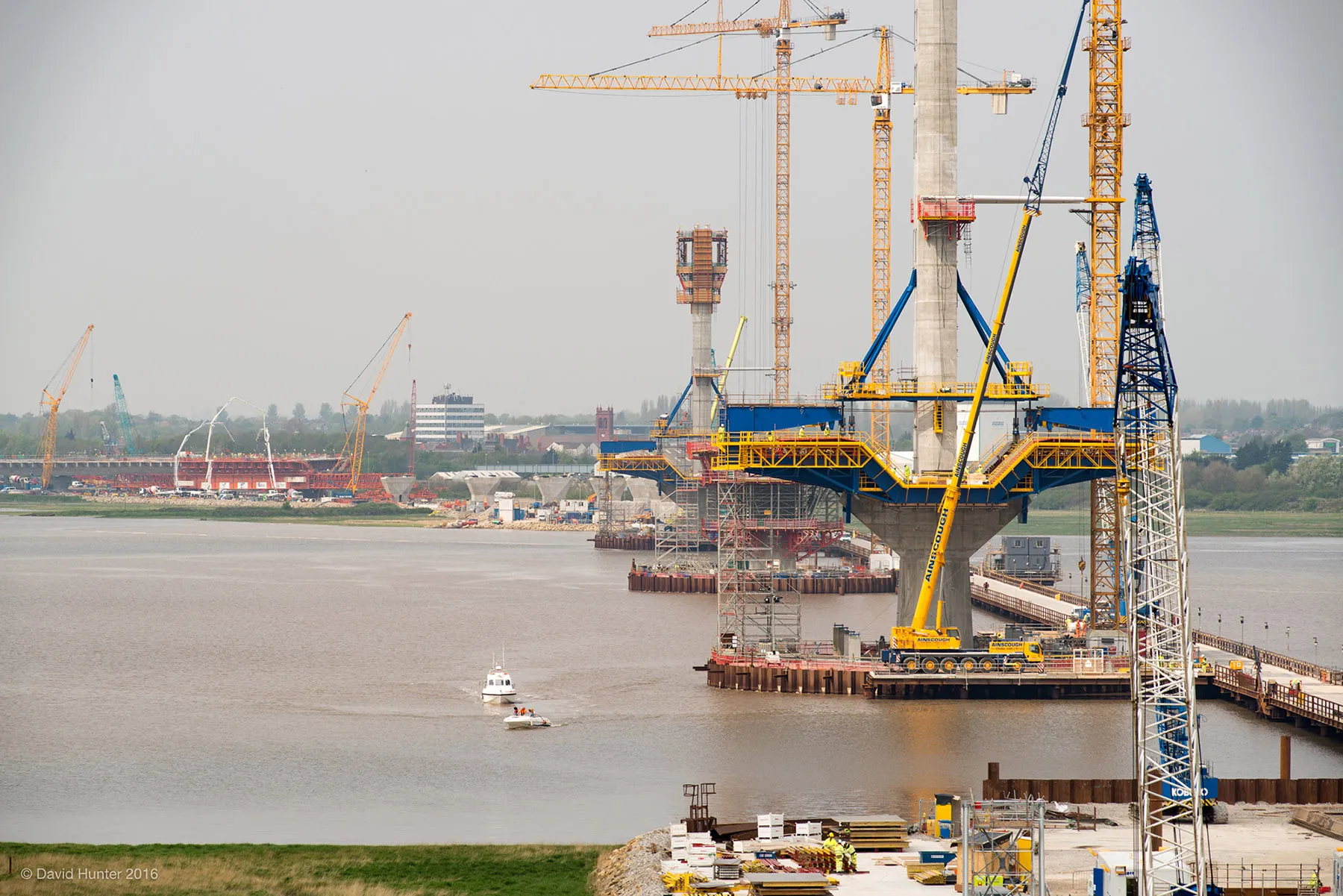Norway’s new Hardanger Bridge is not carrying enough traffic according to the latest data available. According to the statistics for July 2014, some 3,500 vehicles/day crossed over the Hardanger Bridge (Hardangerbrua) in Norway. This was a notable increase from the 2,450 vehicles/day using the link in June 2014. This is higher than the normal volumes due to high levels of summer vacation traffic. However, it is not sufficiently high to hit the planned average of 1,950 vehicles/day for the whole year. The road toll company managing the bridge, Hardangerbrua, expects the toll revenue to be some 20% below target. If this trend continues the tolls may have to be raised. The Hardanger Bridge opened in August 2013. The structure was previously the subject of a key project report in World Highways:
%$Linker:






